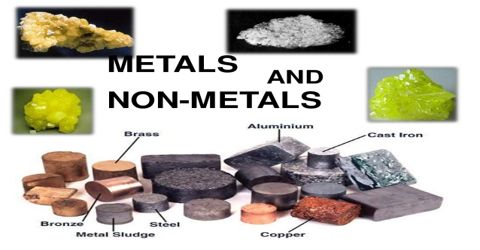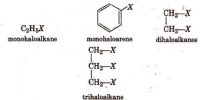Property of metal and non metal
On the basis of various characteristics of density matter is divided into two types-metal and non-metal. Now we will know about some characteristics of metal and non-metal.
Metal: We use various types of aluminum pots, gold jewellery, electric wire made of copper for many purposes. How do these matters look like? They all shine or glitter. This is common characteristic of most metals. On the other hand we use aluminum pots or iron pans for cooking. Why? Because they transmit the heat from the o. en fire to the main ingredients of cooking (rice, fish, etc) and the ingredients get boiled due to that heat. Hence, another characteristic of metals is, they conduct heat. So, metals are called good thermal conductors. Again what is the cause of the use of copper for electric conductivity? To conduct electricity or metals are electric conductor. So, we can say that, metal or metallic matters are shiny, heat and electric conductor.
- Physical State: Metals are solids at room temperature with the exception of mercury, which is liquid at room temperature
- Conduction: Metals are good conductors because they have free electrons. Silver and copper are the two best conductors of heat and electricity. Lead is the poorest conductor of heat. Bismuth, mercury and iron are also poor conductors
Example: Lead, Copper, Aluminum, Zinc, Lithium etc
Non-metal: Can you tell how gases such as nitrogen, oxygen or hydrogen look? You will not be able to answer this question because these gases neither glitter like metals nor they have any visible feature to mark. Again, they do not conduct heat or electricity like metals. So non-metals are called thermal and electrical non-conductors or insulators.
- Physical State: Most of the non-metals exist in two of the three states of matter at room temperature: gases (oxygen) and solids (carbon).
- Conduction: They are poor conductors of heat and electricity.
Example: Sulphur, Oxygen, Chlorine, Hydrogen, Bromine, Nitrogen etc.














